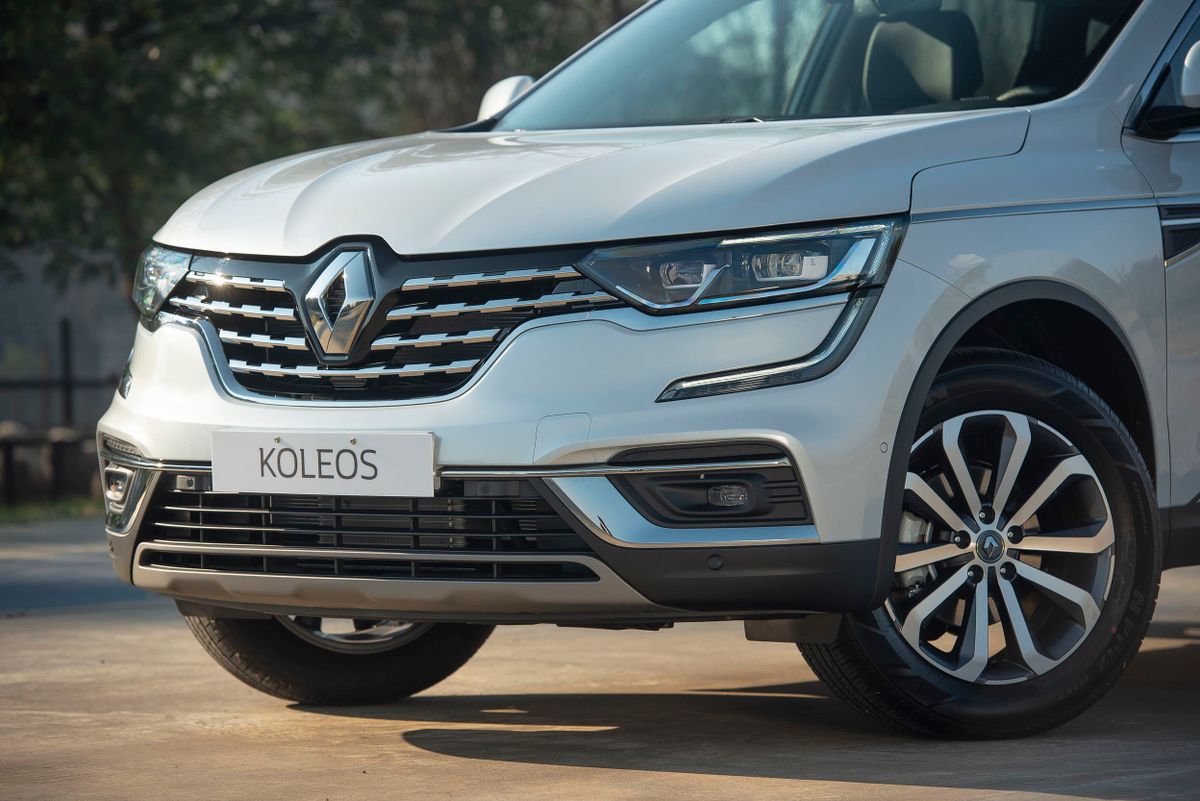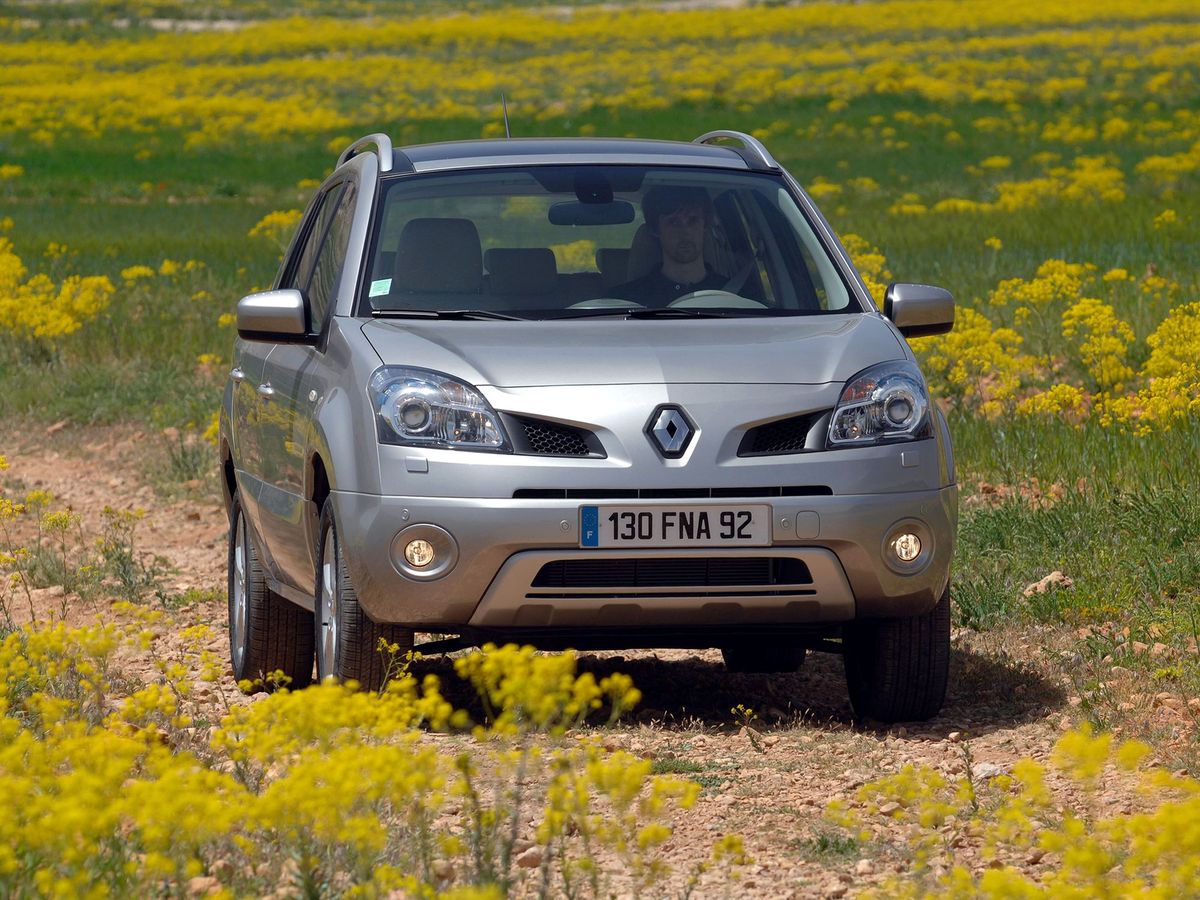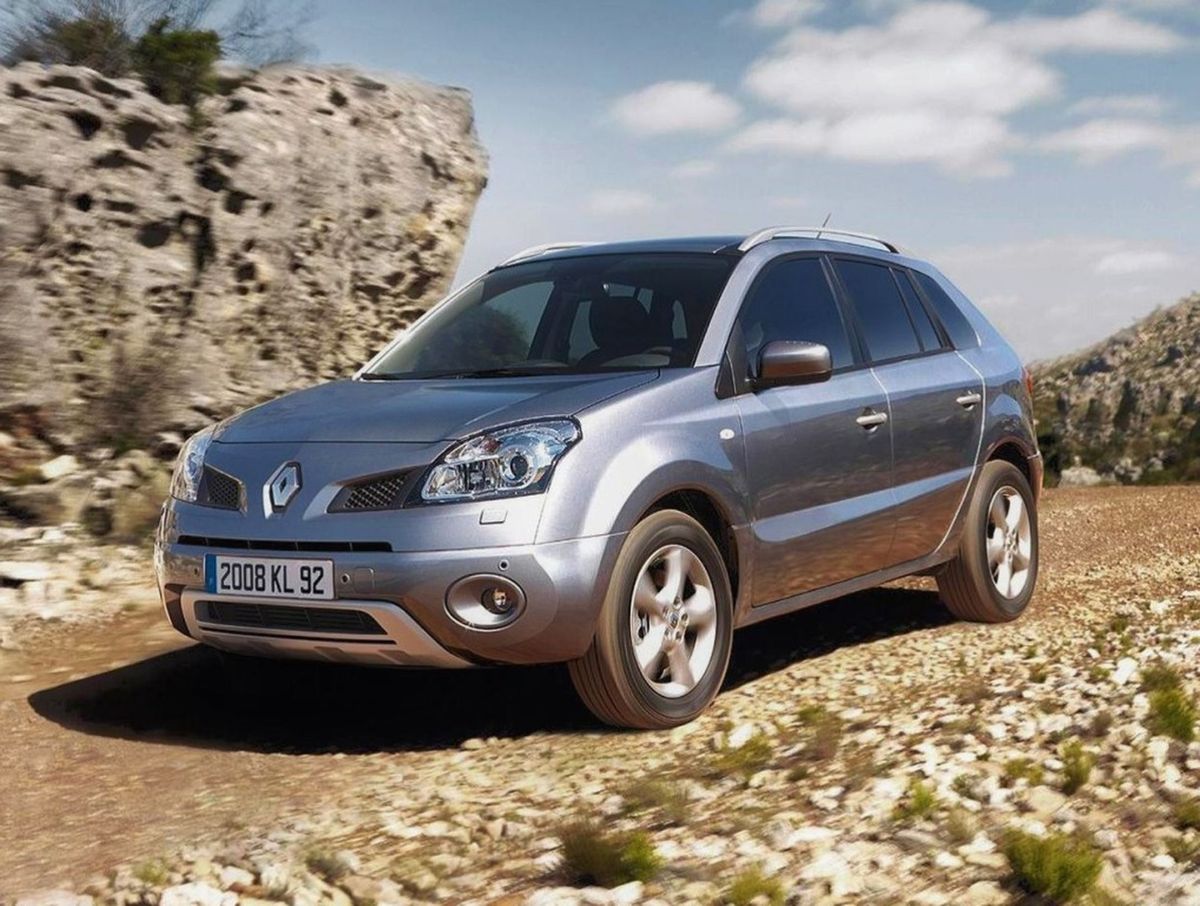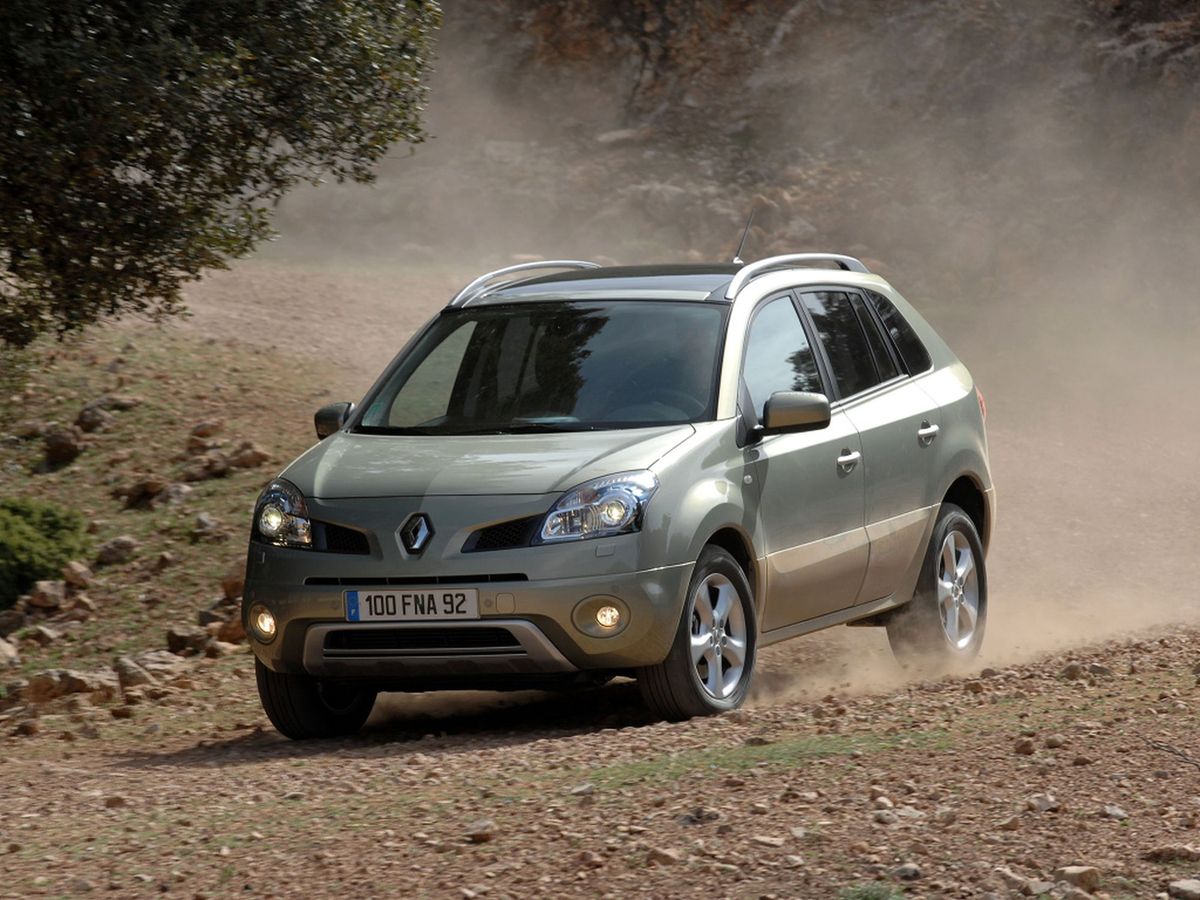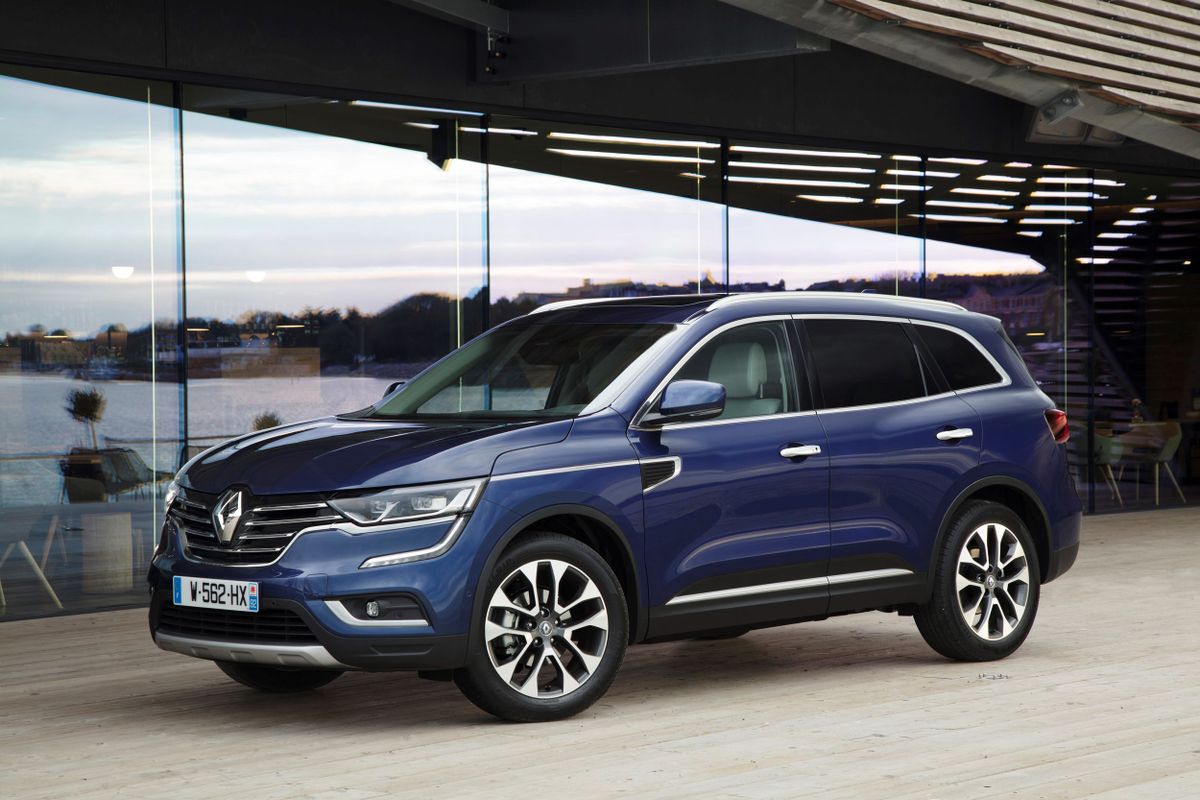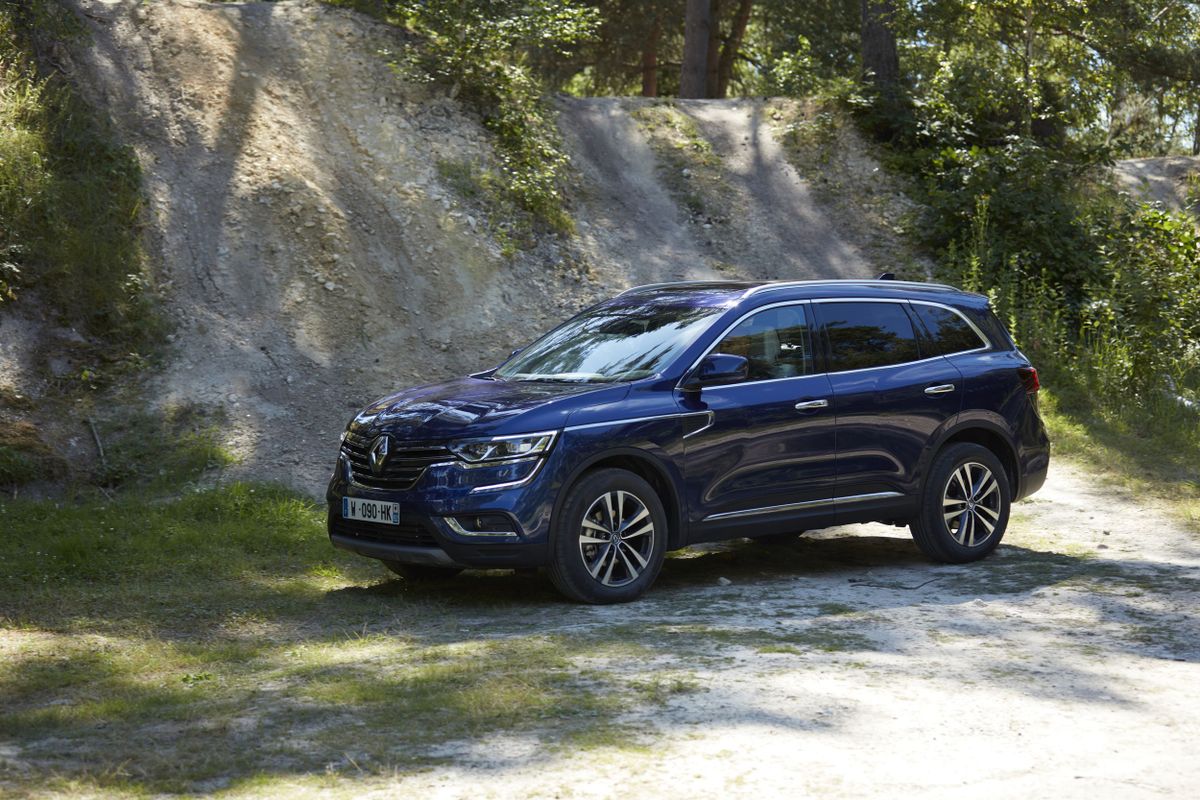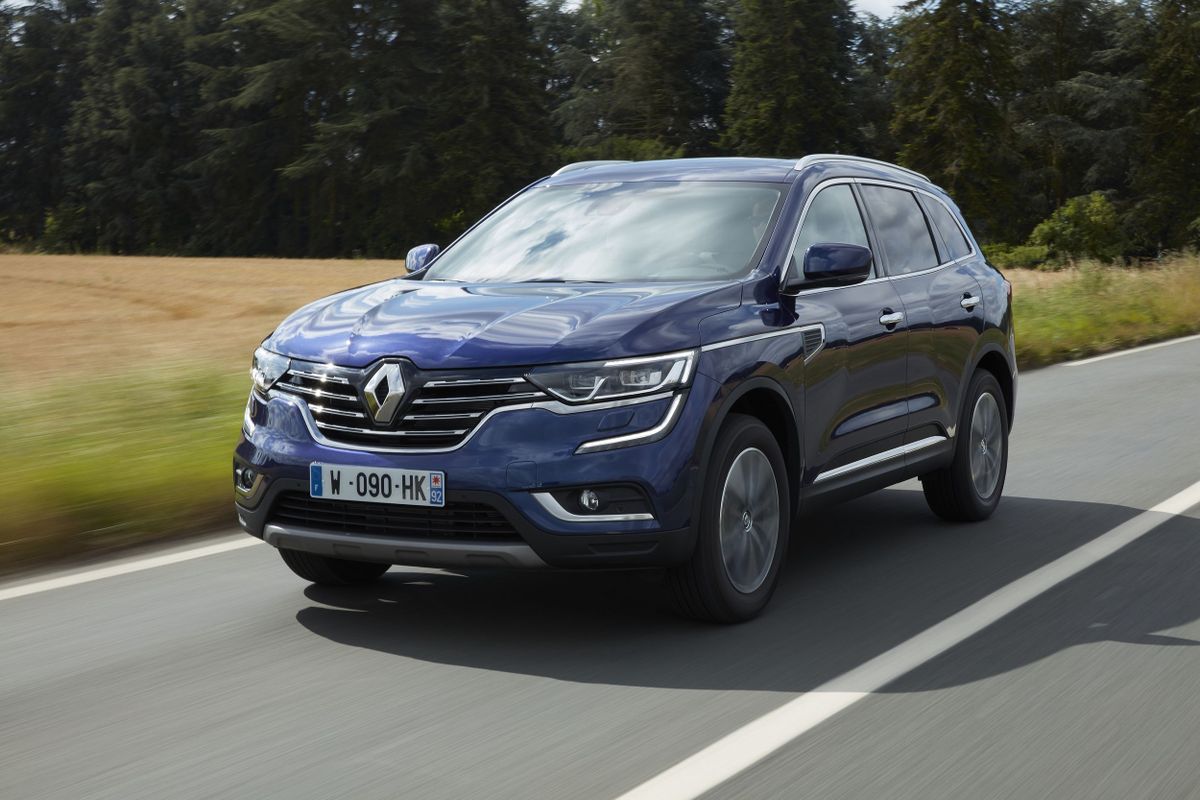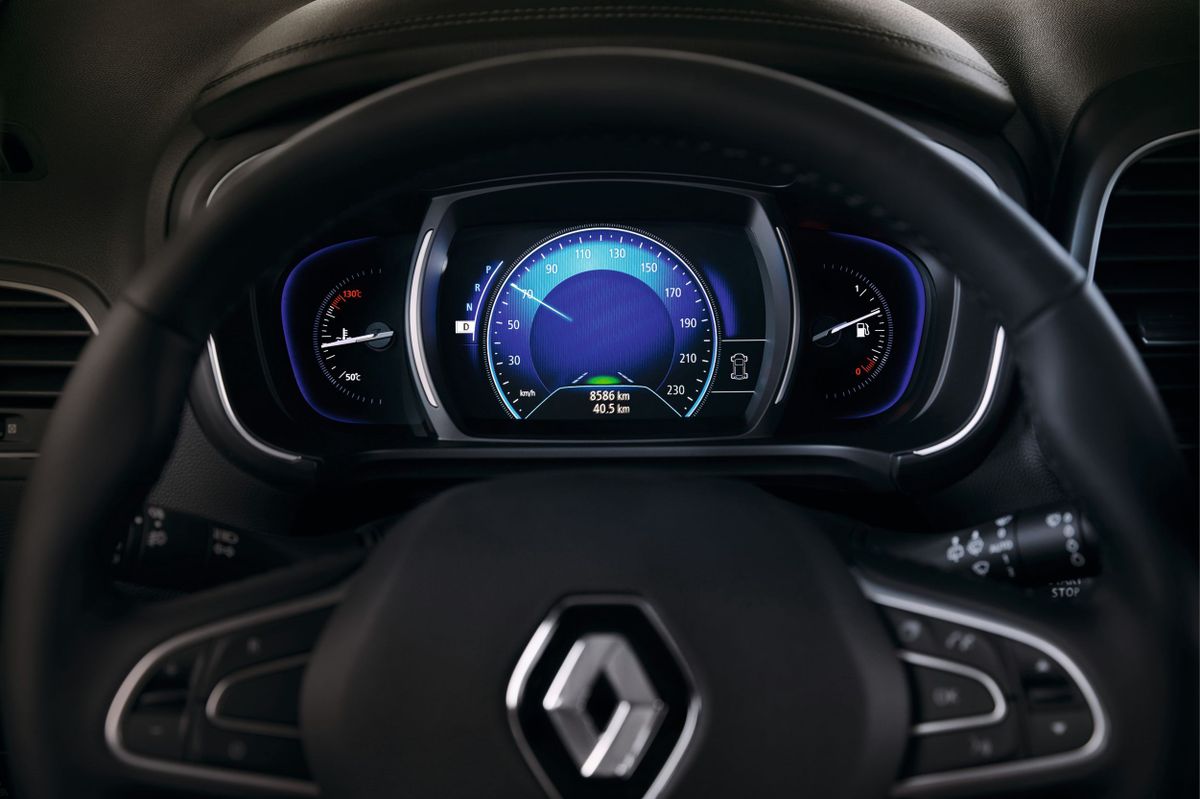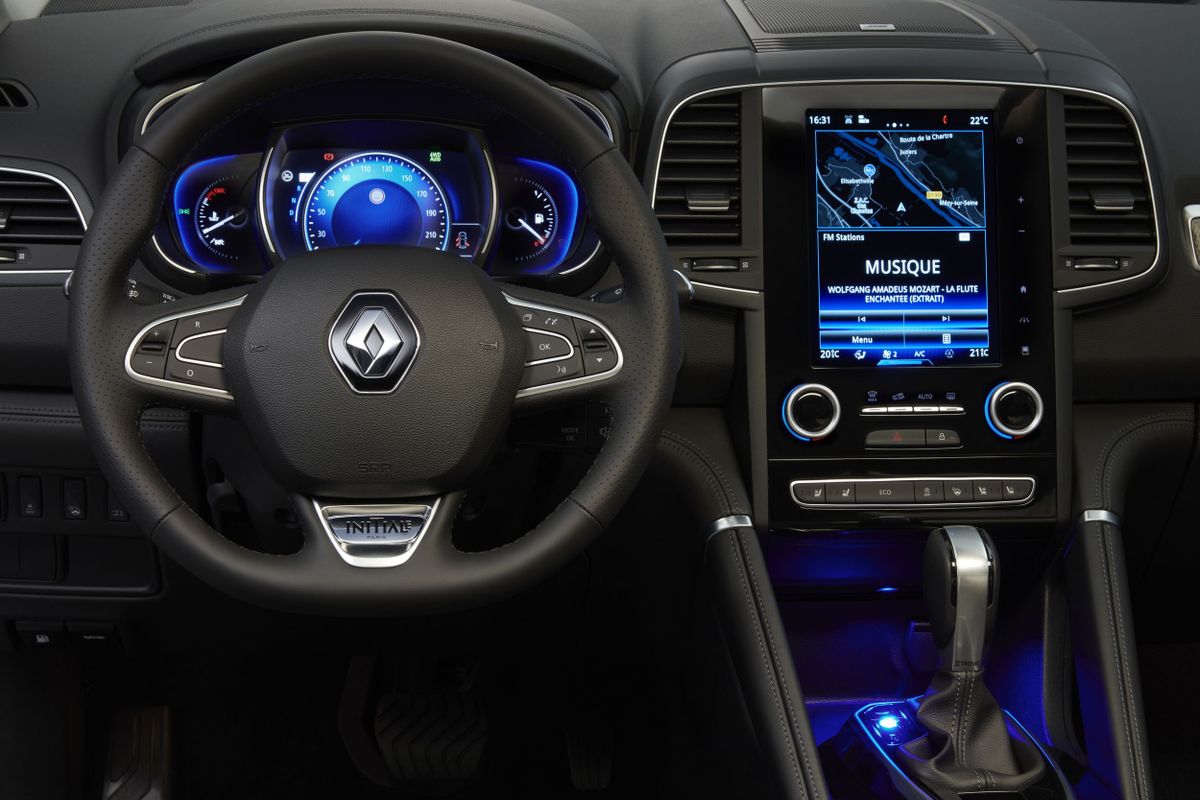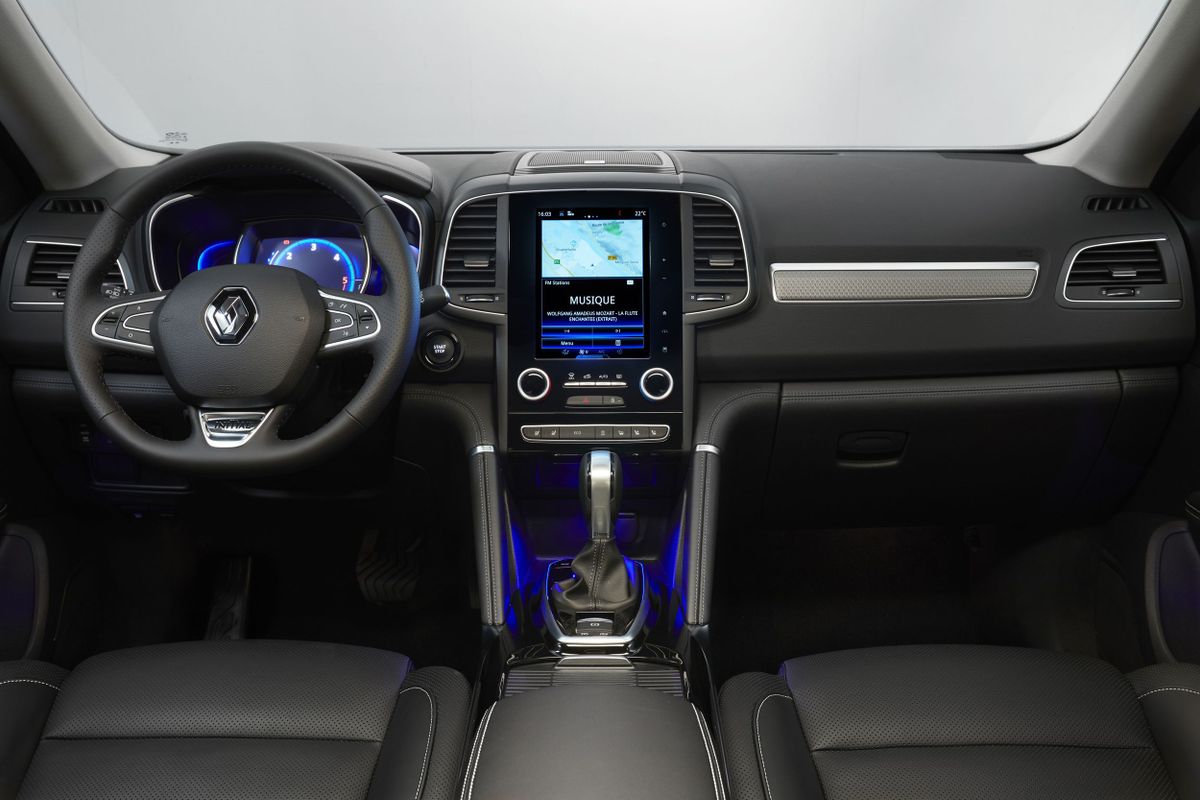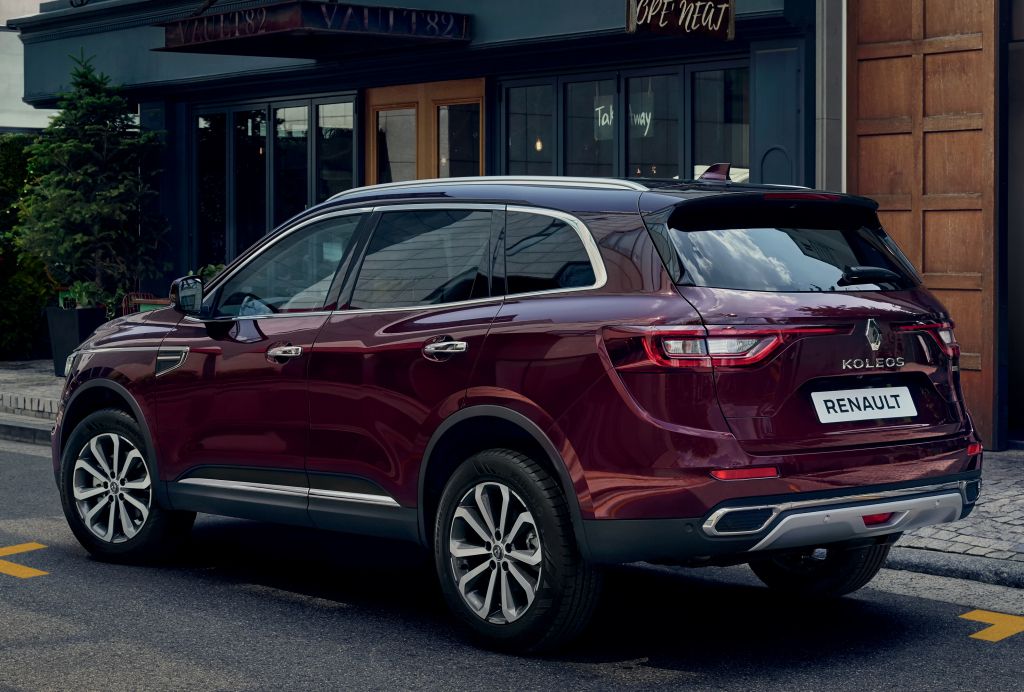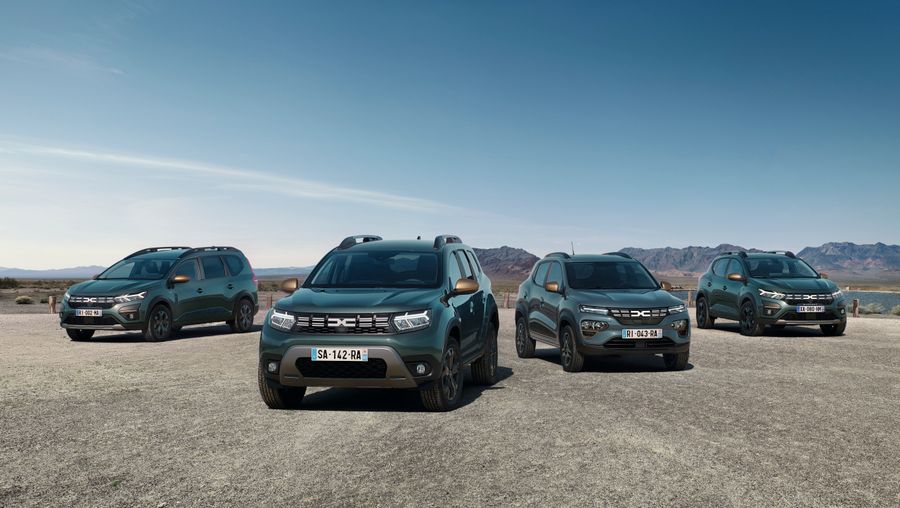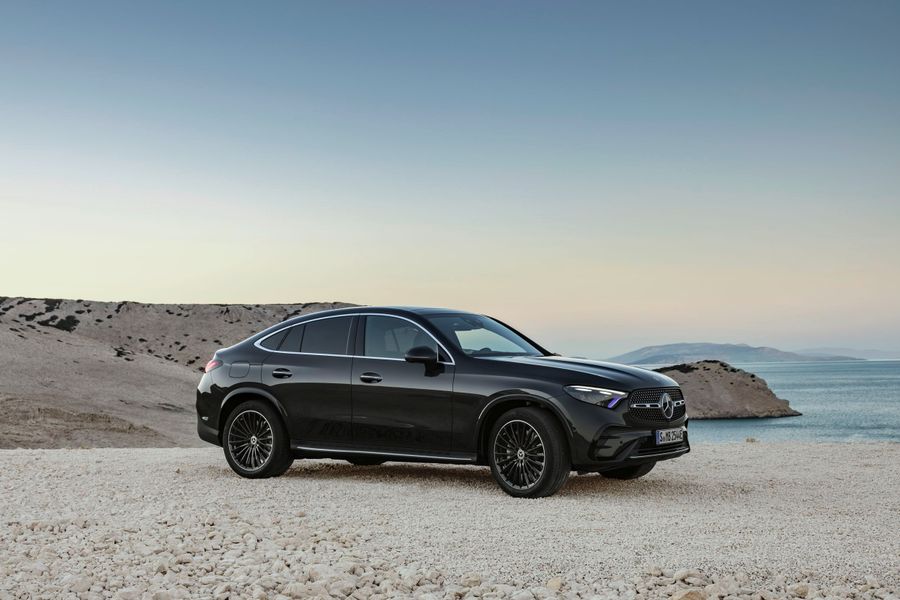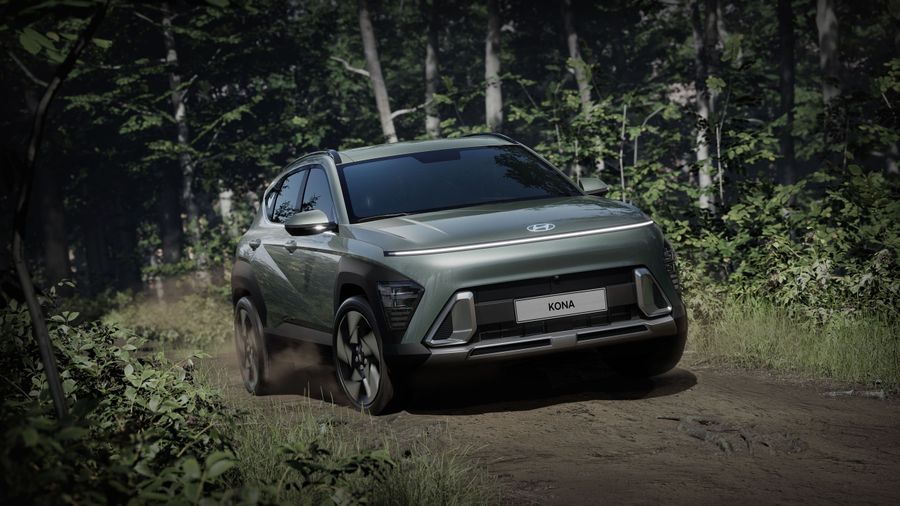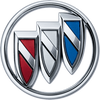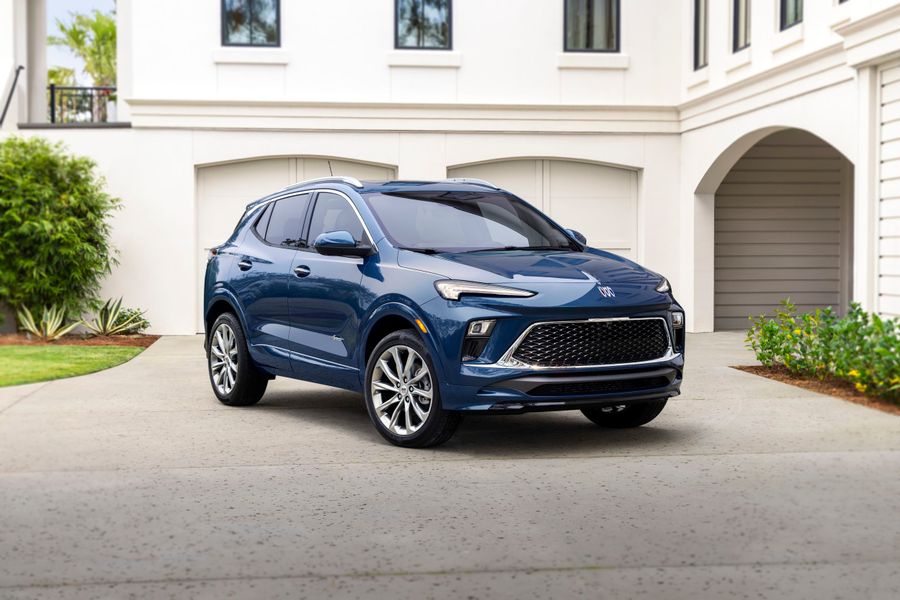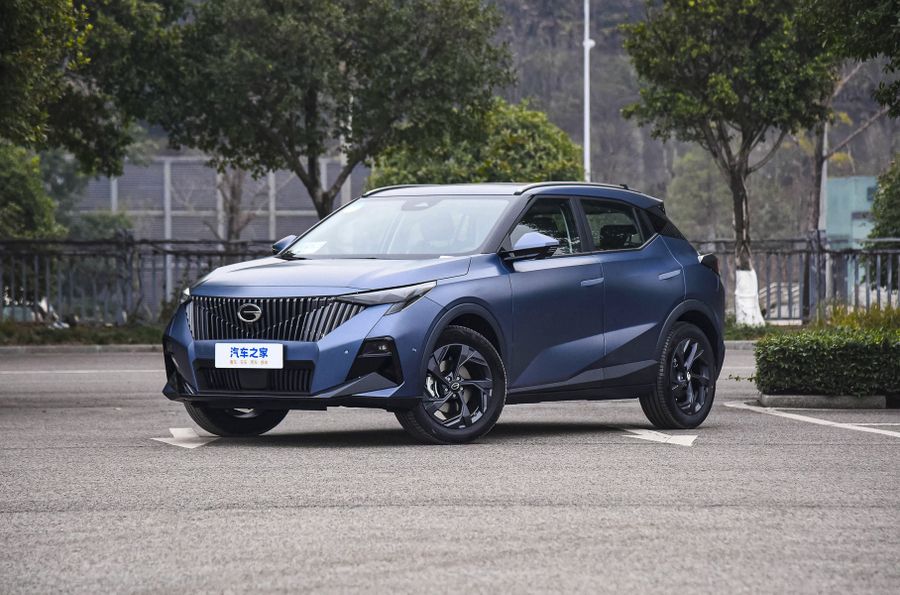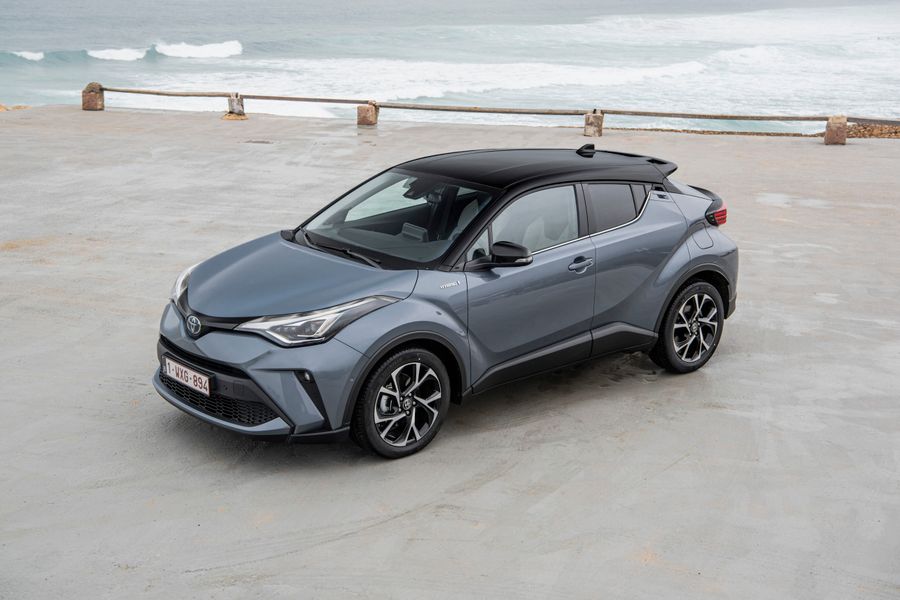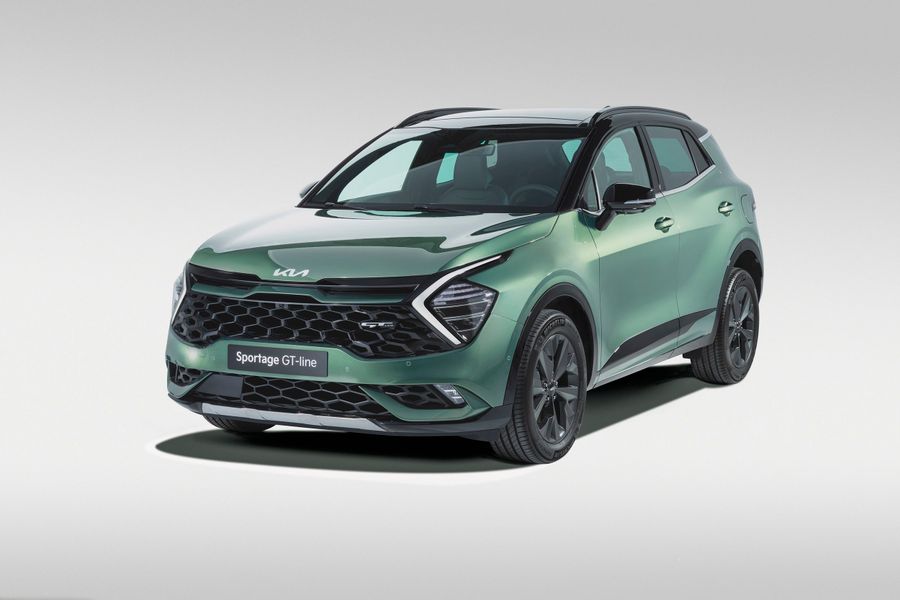
The first off-road vehicle
The Renault Koleos is a compact SUV produced by Renault since 2007 at a plant in Busan, South Korea. It can be both front- and all-wheel drive. In 2021, Israeli buyers can purchase the second generation SUV after the restyling of 2020 (as of 2021).
The Koleos was the first Renault vehicle specifically designed as an SUV. Its all-wheel drive system was borrowed from Nissan, a partner of the French automobile maker. The Koleos concept car was shown in the media back in February 2000. A pre-production prototype was presented at the 2006 Paris Motor Show. And in this form, the vehicle went into production. In South Korea, the vehicle was sold as the Renault Samsung QM5 and was produced there. The QM5 was equipped with the same engines as the Koleos.
The first generation
It was produced from 2007 to 2013, and was restyled twice: in 2011 and in 2013. The exterior of the first Koleos can be called harmonious. The profile, high ground clearance and wide wheel arches of the SUV clearly testified to its good off-road qualities. The beveled rear window accentuated the dynamism, and the front face was reminiscent of the Clio hatchback, but without avant-garde. It was 4,520 mm long, 1,855 mm wide and 1,695 mm high.
The first Koleos had a very humble and practical interior, which also emphasized its off-road essence. It had an outstanding passenger compartment with the height of 946 mm, and the rear passengers did not experience any discomfort. The team of Japanese-French-Korean engineers paid special attention to the interior soundproofing. Thus, they used a laminated windshield, a special engine subframe and effective soundproofing materials.
The petrol engine of the model had a volume of 2.5 liters. With it, the Koleos could be front-wheel drive (manual transmission or CVT) or all-wheel drive and accelerated to a maximum speed of 187-194 km/h, depending on the modification and type of drive. In the most dynamic version (with a 6-speed manual transmission), the vehicle accelerated from 0 to 100 km/h in 9 seconds, whereas the front-wheel drive version with a CVT (9.9 s) and all-wheel drive with a CVT (10.3 s) were slightly more modest. Another modification of the Renault Koleos was powered by a 2-liter diesel engine with 150 hp coupled with an automatic transmission. In this version, the vehicle could only be four-wheel drive. The maximum speed was 181 km/h, while acceleration to 100 km occurred in 12.3 seconds. The declared average consumption is 7.1 l/100 km for a diesel engine and 8.9-9.6 l/100 km for petrol modifications.
The profile, high ground clearance and wide wheel arches of the SUV clearly testified to its good off-road qualities.
The intelligent All-Mode 4×4-i all-wheel drive system, combined with ESP, ensured optimal traction by precisely distributing torque between the wheels. In the toughest road conditions, the vehicle could be controlled by the 4WD Lock mode, which distributed torque in equal proportions between the front and rear axles, ensuring maximum off-road performance. Moreover, off-road ambitions were confirmed by a ground clearance of 206 mm. Attention should also be paid to the angles of approach and departure (27° and 31°, respectively).
The Renault Koleos had independent front suspension (McPherson strut) and rear (multi-link), disc brakes on all wheels (front ventilated), electric power steering. The basic equipment of the vehicle included two frontal airbags (for the driver and deactivated airbag for the front passenger), ISOFIX mount; anti-lock braking system (ABS) with brake assist system (BAS). The equipment of more expensive versions included side airbags, electronic stability programme (ESP), adaptive headlights, parking assistance, rain and light sensors, cruise control. In August 2008, the Koleos completed a crash test of the German company ADAC and obtained a five star rating.
In 2011, the vehicle’s design underwent restyling. The main changes concerned the design of the front face. But the interior also underwent changes, acquiring Bluetooth and navigation DVD. In 2013, another restyling took place. After it, the vehicle had the modernized radiator grille.
The second generation
It has produced from 2016 to the present, and was restyled in 2019 and in 2020 (as of 2021). The second generation Renault Koleos is built on the CMF-CD platform. In South Korea, the vehicle is called ‘Renault Samsung QM6’, instead of ‘QM5’ as it used to be. The flagship of the all-terrain range of the French brand has surpassed its predecessor in absolutely all respects. The SUV instantly attracts the eye with graceful and embossed contours of the five-door body, decorated with aggressive headlights with ‘brackets’ of the running lights, muscular wheel arches with beautiful disks measuring from 17 to 19 inches, and spectacular ‘clips’ of the taillights.
The 2nd generation Koleos is 4,672 mm long, 1,843 mm wide and 1,673 mm high. The SUV has a wheelbase of 2,705 mm, and its ground clearance is 210 mm.
The passenger compartment of the new Renault Koleos has the ‘family’ design with an 8.7-inch ‘tablet’ of the multimedia system and a stylish climate control in the center of the composition. It is also pleasant to see a three-spoke steering wheel and an advanced dashboard with a 7-inch display in place of the speedometer. The five-seater off-road vehicle is comfortable for passengers, and not only thanks to well-profiled seats, but also to a large amount of free space, and this is one of the best indicators in the class. The wide and deep trunk (450 liters) can be easily expanded to 1,380 liters for transporting bulky items thanks to the Easybreak handles located in the rear of the trunk.
The flagship of the all-terrain range of the French brand has surpassed its predecessor in absolutely all respects.
The vehicle is equipped with three power trains with an X-Tronic CVT and an All Mode 4×4-I all-wheel drive transmission with a multi-plate clutch, which, depending on road conditions, can transfer up to 50% of the traction to the rear axle wheels. The basic engine is a 2-liter naturally-aspirated 4-cylinder multipoint injection engine and variable valve timing (144 hp at 6,000 rpm and 200 Nm of torque at 4,400 rpm). There is also a 2.5-liter naturally aspirated 4-cylinder direct injection engine and variable valve timing technology (171 hp at 6,000 rpm and 233 Nm of torque at 4,000 rpm). The only diesel engine in the range is a 2.0-liter turbocharged 4-cylinder 16-valve direct injection engine (177 hp at 3,750 rpm and 380 Nm of torque at 2,000 rpm).
The vehicle is equipped with the MacPherson strut at the front and a multi-link suspension at the rear. The SUV has a rack and pinion steering system with an electric power steering and a variable gear ratio, and disc brakes, supplemented by a set of modern electronic assistants.
Restyling of 2019 and 2020
In 2019, the vehicle underwent a slight restyling and acquired new bumpers featuring expanded chrome decor, more embossed radiator grille and a new wheel design. The interior has different materials and more comfortable seats. The European range of engines was revised: now the diesels engines are as follows: 1.7 Blue dCi (150 hp), which is installed on the front-wheel drive Koleos models and 2.0 dCi (177 hp). All vehicles are equipped with an X-Tronic CVT.
At the end of 2020, the Renault Koleos underwent another restyling, after which it acquired new, all-diode lights. The headlights have retained the same shape, but have a different filling, and the taillights have a three-dimensional effect and ‘running’ turn signals. New interior trim colors have been added, simple trim levels have been removed, and only the Intensе and Initiale Paris versions with leather interior and wood-like inserts remain. Instead of a 1.7-liter diesel engine, there is now a 1.3 TCe turbo petrol engine with 158 hp. These SUVs have a 7-speed EDC dual-clutch semi-automatic transmission and only front-wheel drive. An alternative is a 2.0 dCi diesel engine (184 hp) in tandem with a CVT and all-wheel drive. The vehicles with such a power train now have a hill descent assist and are offered only in the most expensive Initiale Paris version.

